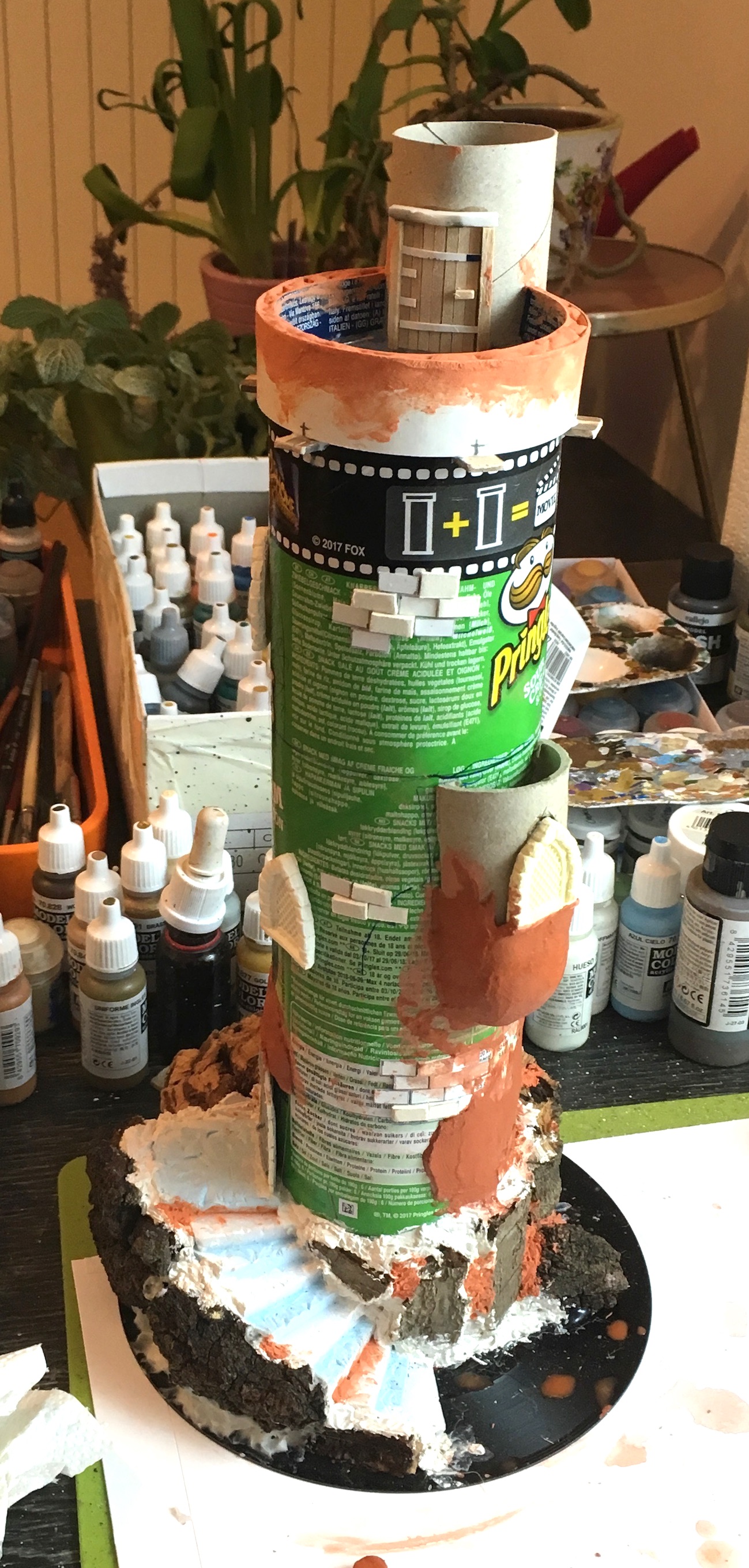My 15mm terrain collection is by now heavily geared towards the ACW. It will surprise no one that the landscape of Austria in the 1800s looked very different from the North American landscape around 1860. I did a quick research to find out how it differed from today’s Austrian landscape. Interestingly, it seems there were less hedgerows and less woods. Most of the land was of course used for agricultural purposes, the by far largest parts making up farmland. As three-field crop rotation was practiced, some fields would always lay fallow. Pastures were fewer, as livestock grazed on common land, where all the cattle of a village was driven by a herdsman in the morning and returned to their owners in the evening.
In contrast to Northern America, fields were not enclosed by fences. Fences were, however, used to enclose pastures and sometimes orchards.
The great birdseye map by Franz Xaver Schweickhardt, albeit drawn a bit later, offers a good glimpse at how the landscape looked at the time of the napoleonic wars (it’s accessible here)
This section shows the area around Parbasdorf, a village that was contested during the Battle of Wagram. The details are very neat and will be a great guide for setting up a gaming table.
So, from everything it is obvious that I need a lot of fields. I might even make a new mat with fields built in, but for the moment, I wanted to have something modular. I have some rather small ploughed fields from my medieval project, which I built out of corrugated cardboard. This time, I wanted to use cloth with acrylic paste so as to have somewhat flexible elements which can be used to recreate a more rolling landscape.
Now the 1809 campaign was fought during spring and summer, so most field would have standing crops. However, crops are rather difficult for wargaming purposes – you either have to make them removable, or you put the figures right on top of them, having them hover over the crops. I will use parts of a door mat for wheatfields, but for ease of play, most of my fields will only feature a hint of crops.
The basis for my fields was an old linen sheet. I drew the shapes with a marker, trying to make the fields modular and fit together in different ways.
I then mixed white sealing acrylic (because that’s what I had at hand) with acrylic paint and sand. Incidentally, on the acrylic cartridge it said it had expired in 2016, but I used it nonethless and had no problems. I applied the paste to the sheet with a spatula, then used a comb to create the furrows. I also sprinkled offcuts from the door mat on two fields so as to make it look like it had recently been harvested.
After cutting the fields out, I touched them up and dry brushed them. I also sparingly applied some static grass on the borders. Here’s my first attempt to create a landscape using the new fields (and some old ones):


They look ok, I guess. Because the linen sheet was thin and I also applied the acrylic thinner than I did before, the actually lie pretty flat on the table. They also accommodate better to a hilly landscape than I’d thought. All in all, I’m quite happy with them.






























